Military History
Due to the age of publications, certain works listed are no longer in print. Print-on-demand services are available for some titles upon request.
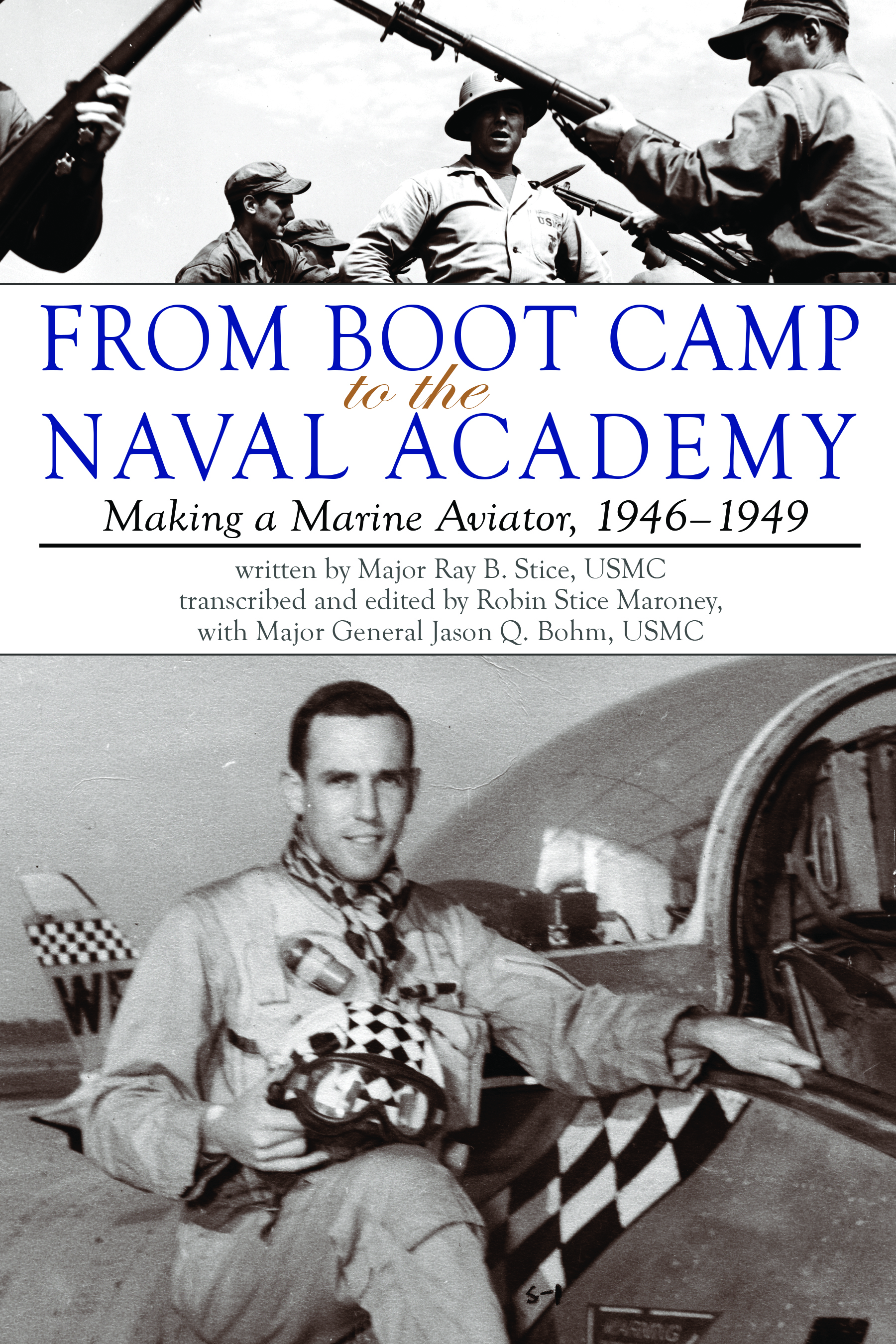 From Boot Camp to the Naval Academy
From Boot Camp to the Naval Academy
Making a Marine Aviator, 1946-1949
written by Major Ray B. Stice
transcribed and edited by Robin Stice Maroney and Major General Jason Q. Bohm, USMC
Ray B. Stice was an ordinary teenager, who was dealing with the normal challenges of youth in the postwar period after World War II. This collection of letters, photographs, and historical records documents Stice’s determination to continue a long family history of military service but also to make his own mark on the world. Within these pages, the reader experiences first-hand the daily mental and physical challenges of joining the Corps in 1946, and it reveals the patriotism and excitement of a young man yearning to earn the title of United States Marine. As days pass, especially during boot camp, readers will see how Stice became more disciplined and focused and the correspondence reveals a growing confidence, maturity, and leadership skills. From Boot Camp to the Naval Academy presents an unforgettable portrait of what it takes to become a Marine and offers an inspiring story of spirit and valor.
 The Boundaries of War
The Boundaries of War
Local and Global Perspectives in Military History
Edited by Lee L. Brice and Timothy M. Roberts
The expansion of trade and communication networks has been active since the fifteenth century and has had an undeniable impact on connecting military activity around the world. This fact is visible in the historical record, but has it in the last several decades transformed the historiography of military history? The Boundaries of War offers a discussion on whether the transnational turn in historical scholarship suggests that all warfare is derivative of larger global patterns, or if there are local, regional, or national ‘ways of war’ that differentiate conflict within that certain geographical space, which historians should acknowledge. The authors consider how much military historians should focus on local or idiosyncratic factors to explain their subject matter and whether they should consider global phenomena in their research.
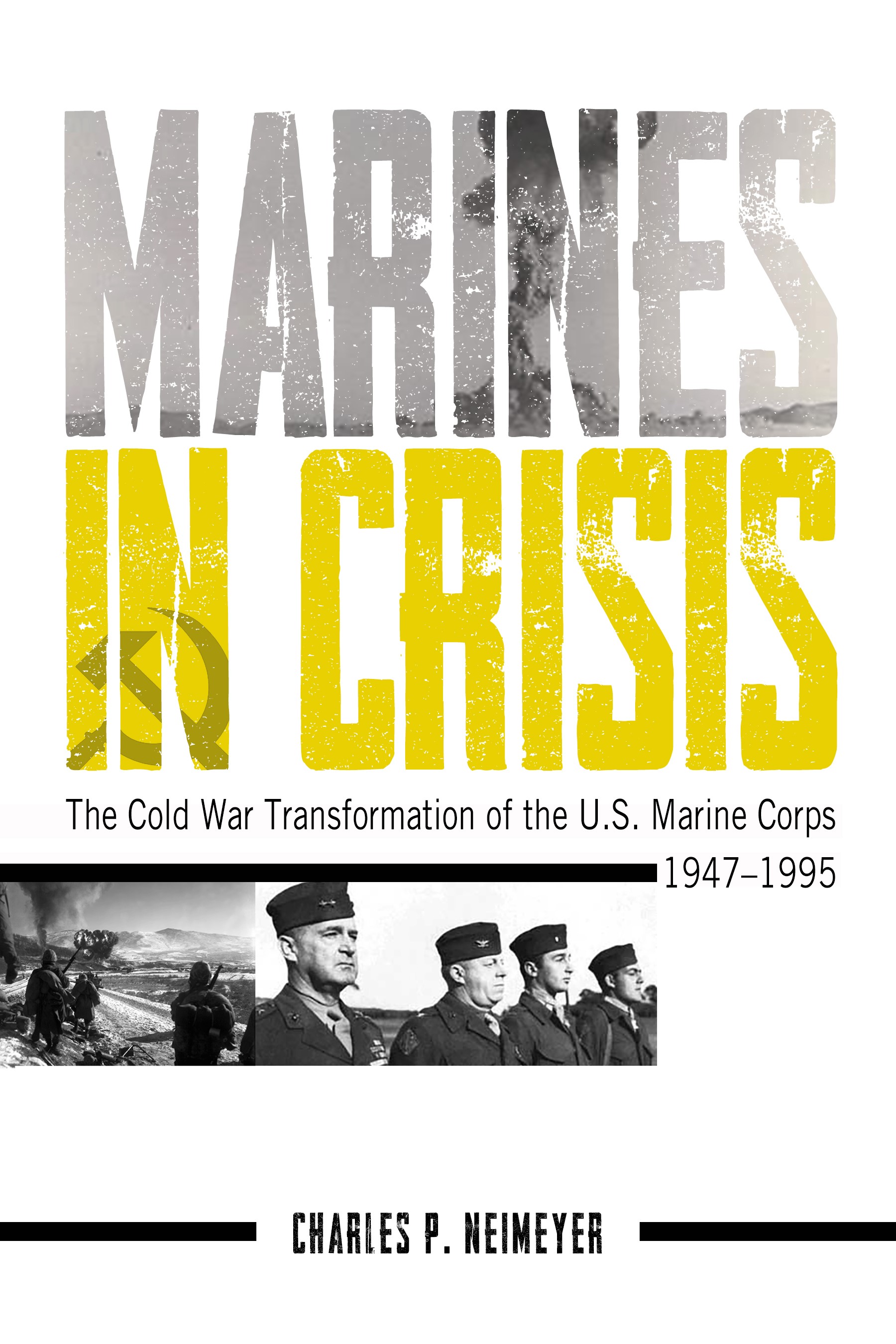 Marines in Crisis
Marines in Crisis
The Cold War Transformation of the U.S. Marine Corps, 1947-1995
by Charles P. Neimeyer, PhD
Throughout the Cold War and into the 1990s, the Marine Corps faced multiple strategic inflection points. Some of these moments were fights for institutional survival, some were based on emerging technology or internal upheaval, while others were more concerned with developing operational doctrine. When compared to the development of its amphibious warfare doctrine between World War I and World War II, these Cold War decisions related to the Marine Corps came about at an astonishing pace. Many of these post–World War II moments came only after painful experiences in increasingly complex and multidimensional Joint combat operations or humanitarian interventions, where international politics, rapidly changing technology, new societal norms, and even culture played an ever-larger role on the battlefield. For the Marine Corps, the Cold War and beyond seemingly required its senior leaders to predict the rapid-fire changes that impacted the new way of war and evolving politics of conflict. In response, those leaders continually transformed the Marine Corps to ensure it played a significant role in U.S. military matters.
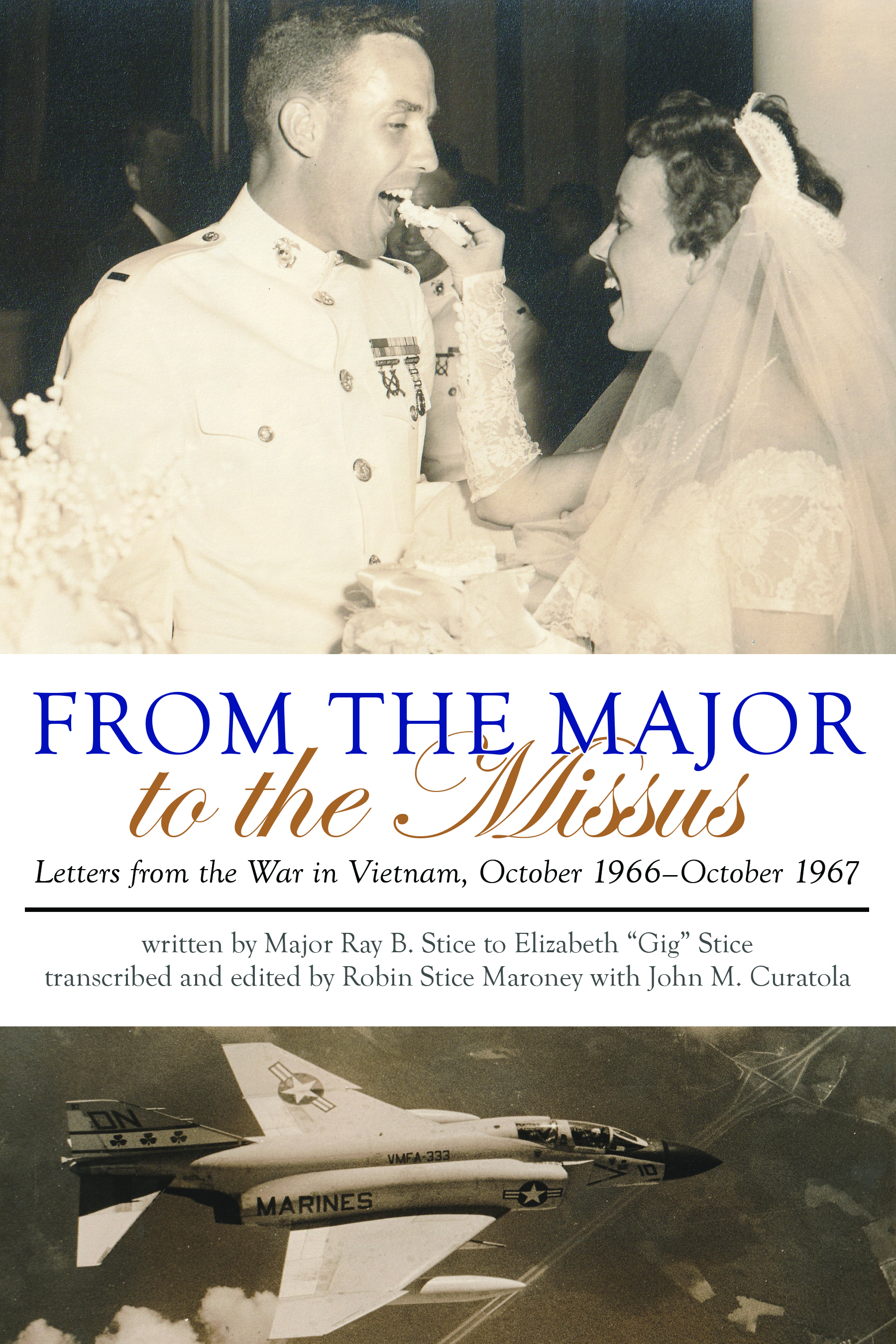 From the Major to the Missus
From the Major to the Missus
Letters from the War in Vietnam, October 1966- October 1967
by Major Ray B. Stice to Elizabeth "Gig" Stice
transcribed and edited by Robin Stice Maroney
with John M. Curatola, PhD
At the height of American participation in the Vietnam War, U.S. Marine Corps fighter pilot Major Ray B. Stice, his wife Elizabeth or “Gig,” and their four children wrote to each other daily from October 1966 until his return home in late 1967. These handwritten letters are painstakingly transcribed here to capture the family’s devotion to each other while apart and detail their struggles, triumphs, laughter, and tears. Their correspondence became a lifeline for the Stice family and displayed their unwavering love that endured despite the perils of war.
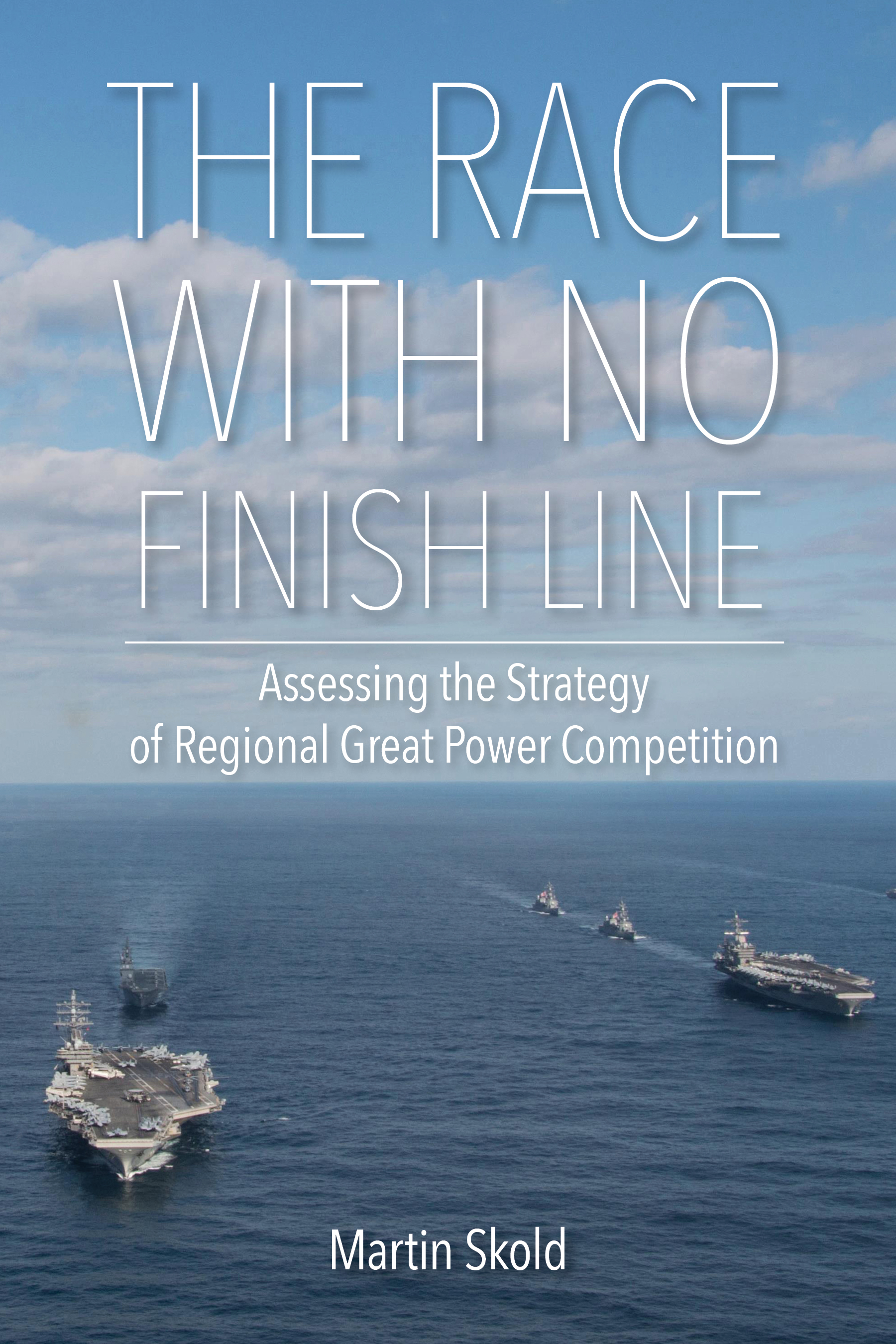 The Race with No Finish Line
The Race with No Finish Line
Assessing the Strategy of Regional Great Power Competition
by Martin Skold
The Race with No Finish Line offers a framework for understanding the strategies of states engaged in competition for regional hegemony. Employing insights drawn from business strategy, the author argues for an essentially asymmetric understanding of fundamental policy goals for states engaged in competition for control of a region of the globe, with one state attempting to maintain a dominant position and another attempting, by focusing limited resources, to supplant it.
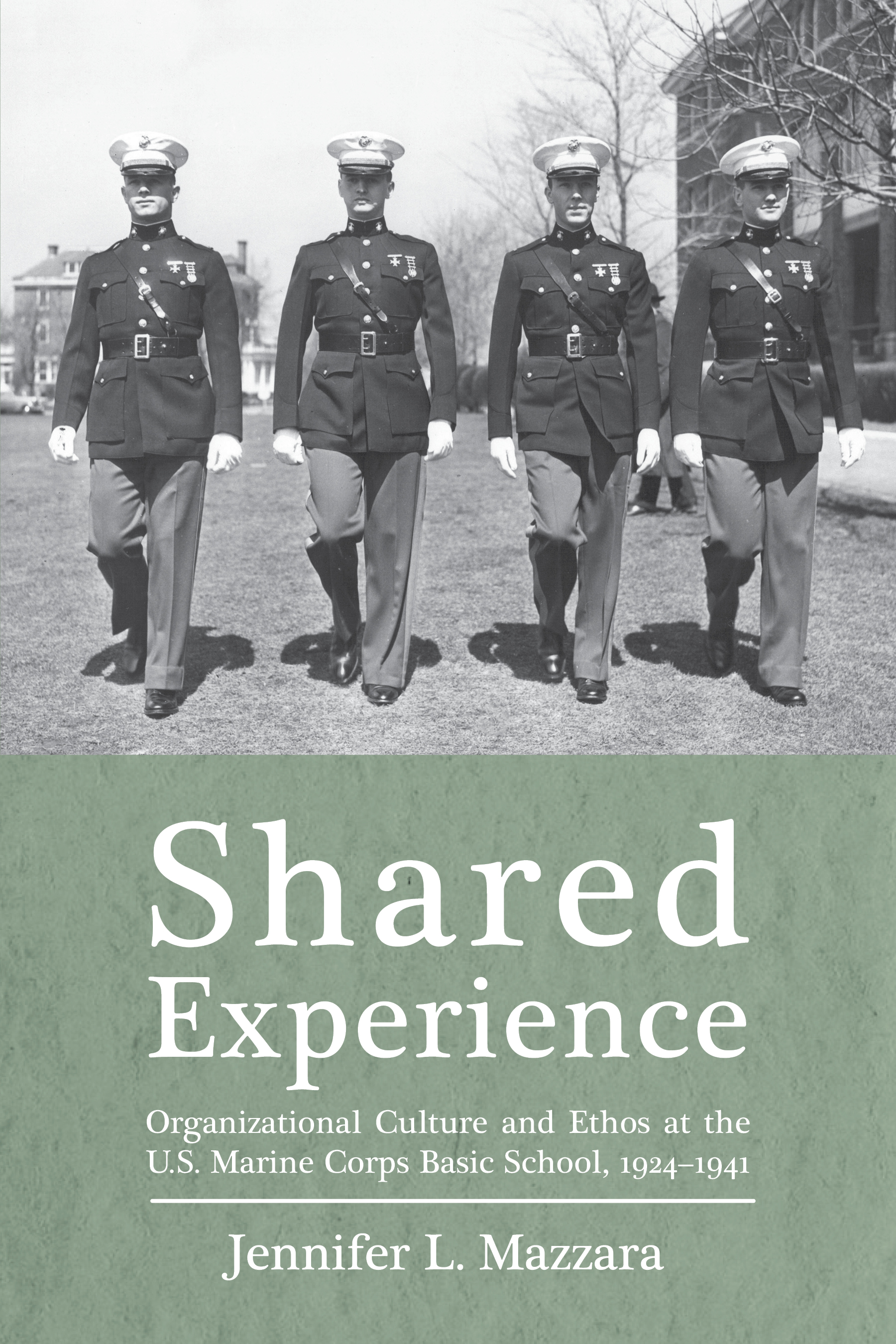 Shared Experience
Shared Experience
Organizational Culture and Ethos at the U.S. Marine Corps Basic School, 1924-1941
By Jennifer L. Mazzara, PhD
From early in the modern history of the Marine Corps, The Basic School (TBS) has played an enormously important role in acculturating Marine officers in the profession of arms. Author Jennifer Mazzara’s exhaustive and detailed research, which included examining the curricula of prewar TBS, shows that the TBS product, the Marine lieutenant, was fundamental to the early victories of the Second World War. As the only basic-level post-commissioning school in the United States that imparts a generalist education, rather than specialist training, TBS is unique among the military schools operated by the U.S. armed forces. Its distinctiveness stems from two primary features: its structure, and what it provides to its graduates. This history reveals TBS’s essential qualities during the interwar period, but it also illuminates the timeless and immutable reality and necessity of this institution that has bound generations of Marine officers to each other and to the Corps.
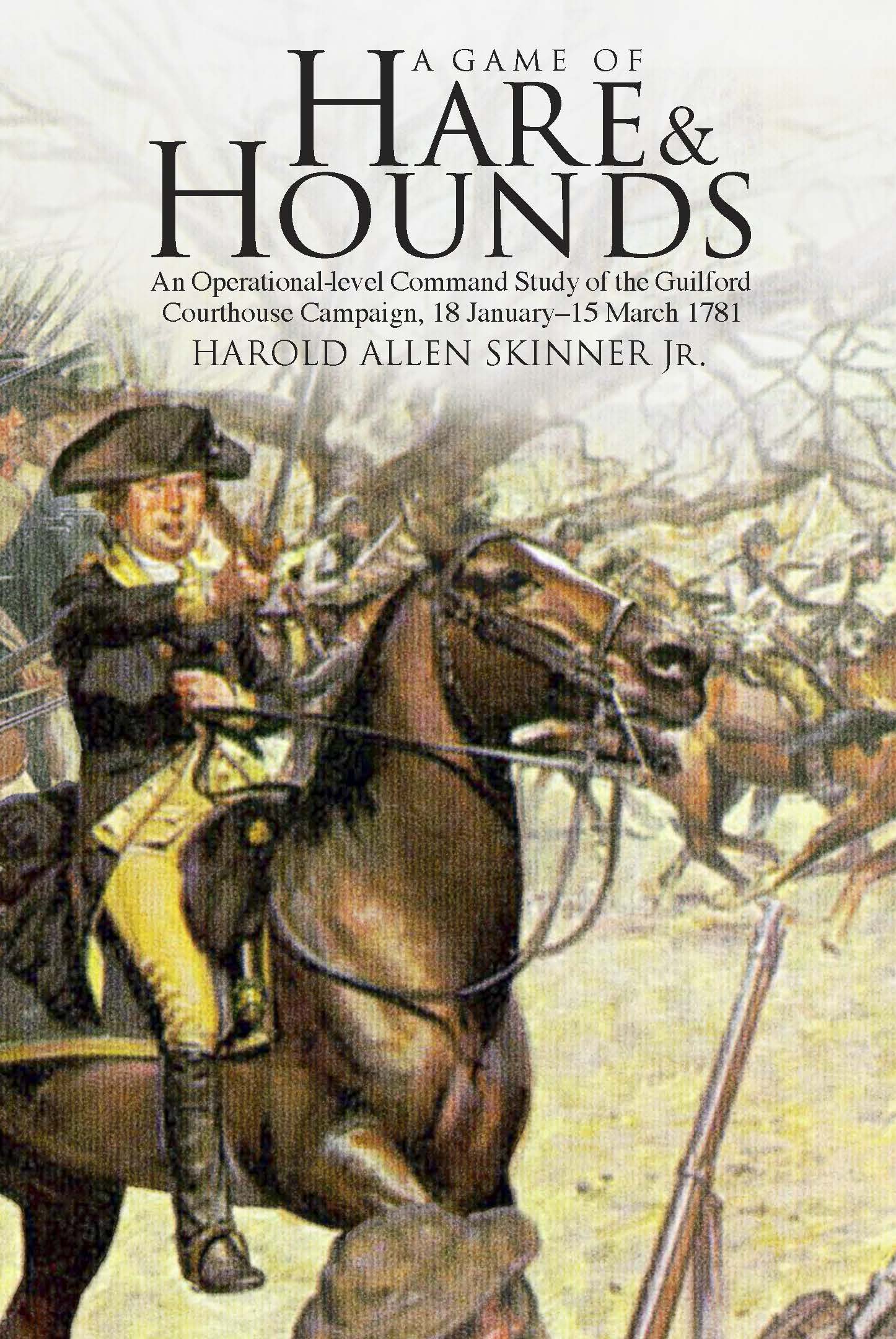 A Game of Hare & Hounds
A Game of Hare & Hounds
An Operational-Level Command Study of the Guilford Courthouse Campaign, 18 January-15 March 1781
By Harold Allen Skinner Jr.
How did a narrow tactical victory for the British at Guilford Courthouse, North Carolina, during the American Revolutionary War lead to the failure of the British Southern Campaign? This volume offers an indispensable point of departure for a staff ride to the battlefield at Guilford Courthouse, providing a systematic analysis of this key battle in the American Revolution. Author Harold Allen Skinner Jr.’s narrative establishes necessary context to illuminate the decisions that shaped the overall contest in the South between American and British armies. Skinner’s deft presentation of the events leading up to and during the pivotal battle of Guilford Courthouse reveals insights at the three levels of war and provides a balanced treatment of issues, such as command at the strategic and operational levels, organization of armies, weapons, and tactics. His approach gets straight to the central purpose and greatest value of a staff ride: the critical process of analyzing how and why events played out as they did.
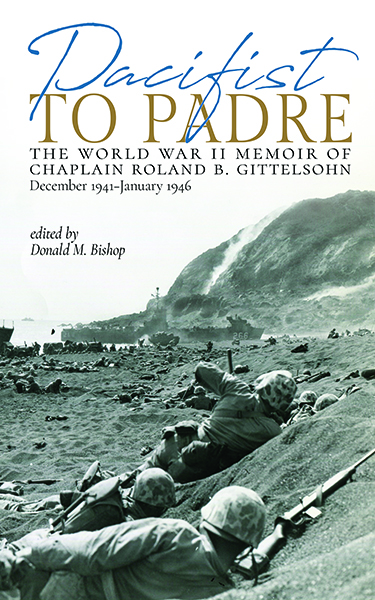 Pacifist to Padre
Pacifist to Padre
The World War II Memoir of Chaplain Roland B. Gittelsohn, December 1941-January 1946
Edited by Donald M. Bishop
Roland B. Gittelsohn, the first Navy rabbi assigned with U.S. Marines, served in the Pacific during World War II. In this compelling book, written in 1946 but now published for the first time, he relates his odyssey from doctrinaire pacifist to “pacifist no more,” his training, and his ministry to Marines and sailors on Iwo Jima. His sermon at the dedication of the 5th Marine Division cemetery riveted all Americans, though it would only be heard by a small gathering that day. Woven through his account are reflections on morale, service, leadership, and interfaith understanding. He illuminates the vital, influential, and uniquely American institution of our military chaplaincy. Pacifist to Padre is the story of a rabbi, deeply committed to peace and hope, who would be called “padre” by Marines and sailors in a gruesome battle.
 Oil & War
Oil & War
How the Deadly Struggle for Fuel in World War II Meant Victory or Defeat
By Robert Goralski and Russell W. Freeburg
The world's economy runs on oil. People steal for it. Nations kill for it. To win a war, the victor must have enough oil to fuel their tanks, ships, and planes. One of the great untold stories of World War II is about the strategic decisions and combat for the control of enough oil so that the Axis powers could wage an aggressive war. Conversely, the Allied powers were determined to keep oil from the Axis. Oil & War originally published in 1987, was the first book to explain this intricate dance of death from the viewpoints of both the Axis and Allied sides. Adolf Hitler began planning his grab for oil-producing lands in the 1930s; he also started building plants capable of producing synthetic fuels. The Japanese had their plans too. The Americans, English, and Australians had to counterpunch. They very nearly lost the war because they did not move quickly enough. The race was far closer than previously believed. Truth is stranger than fiction. Novels and wargames based on the strategies for oil have captured the public's attention. But here is the real story. This anecdotal narrative about the important role that oil played in World War II provides a view of the forces that controlled the greatest war in history-and a stunning analysis of the importance of oil in terms of world peace for years to come.
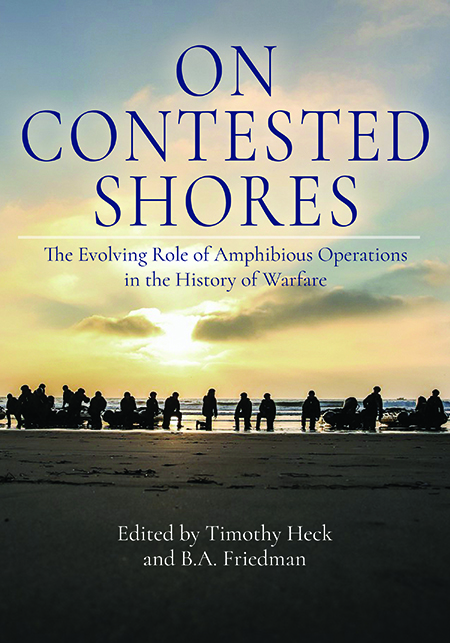 On Contested Shores
On Contested Shores
The Evolving Role of Amphibious Operations in the History of Warfare
Edited by Timothy Heck and B.A. Friedman
Perhaps no prediction has been as consistently made—and as consistently wrong—as the imminent death of amphibious operations. Whatever the changes in warfare and technology, the necessity of amphibious force projection endures, long outliving those who claim its time has passed. Changes in how amphibious operations are conducted, however, are just as consistent. This essential contributed volume arrives at a vital point of transition. These essays highlight both changes and continuities, examining historical amphibious operations as early as the sixteenth century to the near future, highlighting both lesser-known cases and offering more nuanced views of famous campaigns, such as Gallipoli and Normandy. With the release of the U.S. Marine Corps’ Force Design 2030, this volume gives historians, theorists, and practitioners an opportunity to ground the coming changes in the historical context as they seek to find out what it takes to win on contested shores.
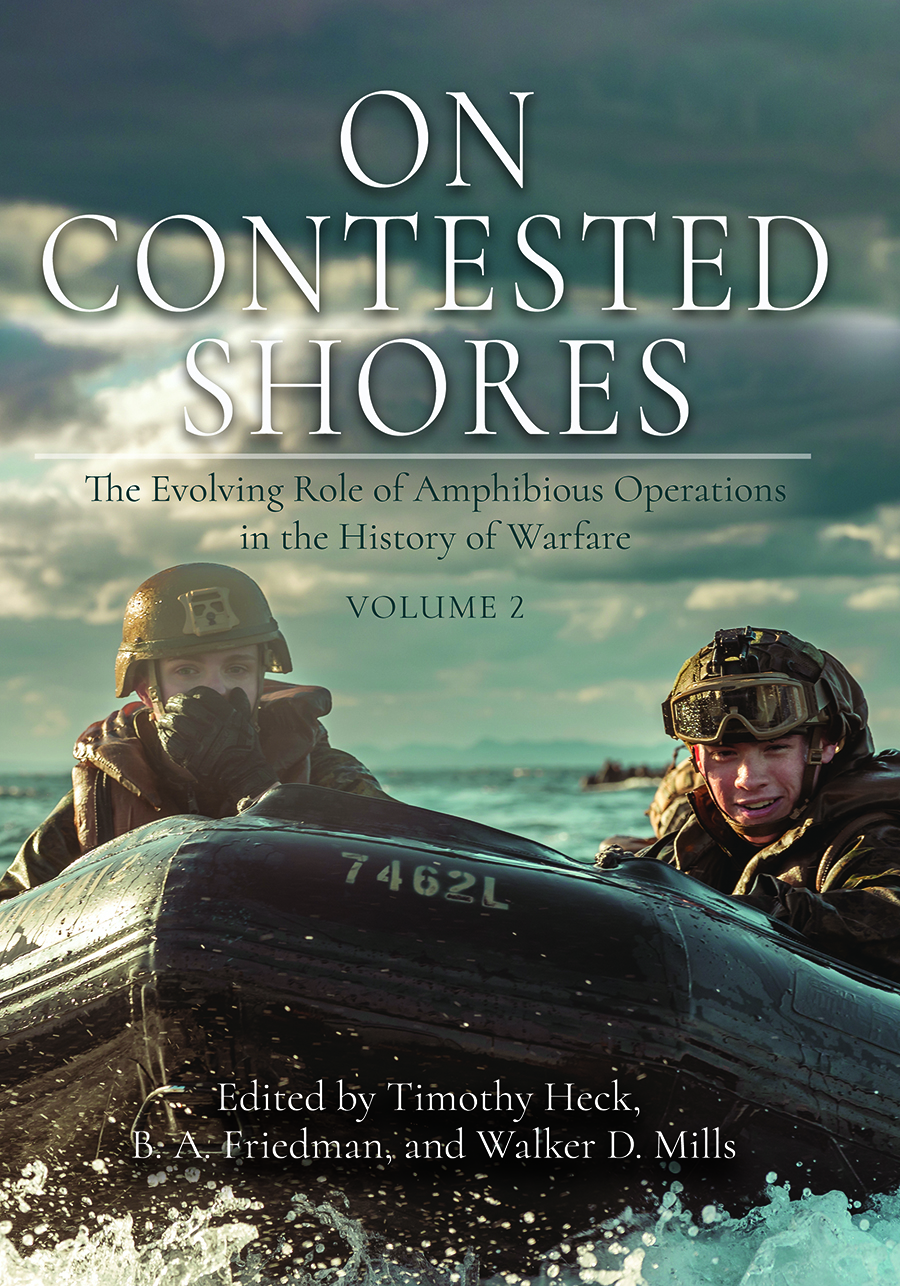 On Contested Shores
On Contested Shores
The Evolving Role of Amphibious Operations in the History of Warfare
Volume 2
Edited by Timothy Heck and B.A. Friedman, and Walker D. Mills
The second volume of On Contested Shores builds on the success and reception of the first, providing historians, theorists, and especially practitioners with a new resource to explore the history and the future of amphibious operations. This second volume arrives as the U.S. Marine Corps’ Force Design 2030 effort reaches a faster pace under a new Commandant. New original scholarship and research provides readers with a wealth of examples, new information about historical case studies, and deeper examinations of a wider array of amphibious issues. No other volume or set on amphibious operations provide such a diverse array of case studies and insights by leading researchers from around the world. Since the release of the first volume, shores are newly contested in Ukraine and in the Red Sea, and preparations for a potential amphibious invasion of Taiwan have reached a fevered pitch. This second volume digs deeper into the epic history of amphibious operations and provides more insights into how they can be executed in the future.
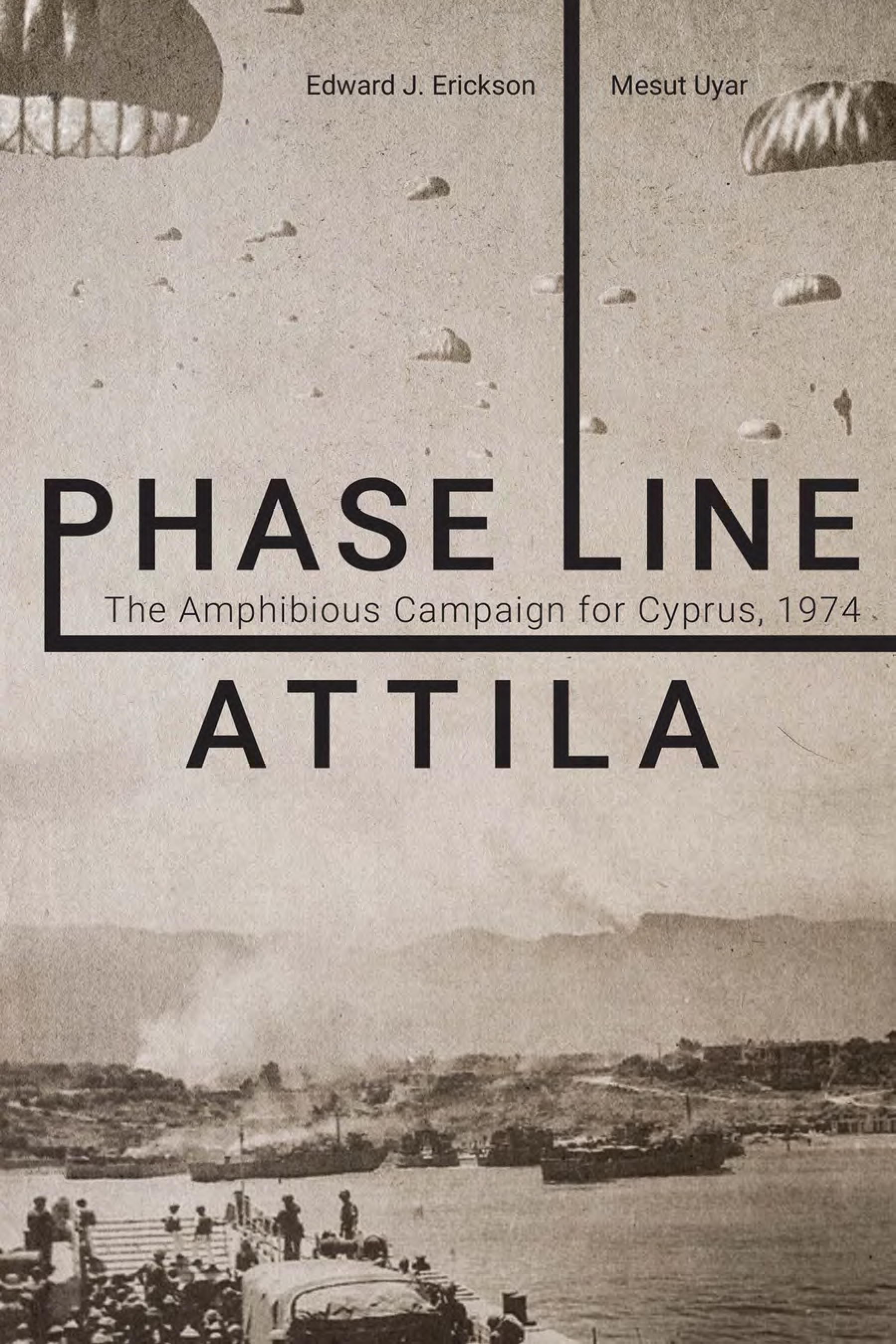 Phase Line Attila
Phase Line Attila
The Amphibious Campaign for Cyprus, 1974
By Edward J. Erickson and Mesut Uyar
Phase Line Attila describes the successful Turkish amphibious invasion of Cyprus, which culminated in the partitioning of the island of Cyprus into Turkish- and Greek-Cypriot zones. The invasion is an under-studied amphibious operation that occurred in the post World War II era. The invasion was prompted by the increasing levels of violence between Turkish and Greek Cypriots, which led to the involvement of both Greece and Turkey in the island's affairs. This book is a nuanced examination of the successful Turkish amphibious operation to carve out a Turkish-Cypriot zone in northern Cyprus in Operation Yıldız Atma-4.
 Among Heroes
Among Heroes
A Marine Corps Rifle Company on Peleliu
First Sergeant Jack R. Ainsworth
Among Heroes offers readers First Sergeant Jack R. Ainsworth’s personal account and narrative from six days of combat on Peleliu. His account tells the story of Company C, 1st Battalion, 1st Marines, from the landing on 15 September 1944 to the withdrawal from the front lines five days later.
 Iwo Jima and the Bonin Islands in U.S.-Japanese Relations
Iwo Jima and the Bonin Islands in U.S.-Japanese Relations
American Strategy, Japanese Territory, and the Islanders In-Between
By Robert D. Eldridge
Originally published in Japanese, Iwo Jima and the Bonin Islands in U.S.-Japan Relations will undoubtedly engender different opinions and feelings with regard to U.S. history and World War II, especially as it relates to the Battle of Iwo Jima. For the Japanese, it is an island mourning the dead. For the Americans, it is an island to glorify a victory. This book is an attempt to bridge the gap—and show the similarities—in understanding this issue on both sides, as well as to examine the dynamics of the interplay between the United States and Japan over the destiny of the islands. Iwo Jima and the Bonin Islands is not only a historical study of U.S.-Japan relations and Japanese political and diplomatic history but is also an attempt to contribute to Bonin- and Iwo Jima-related studies.